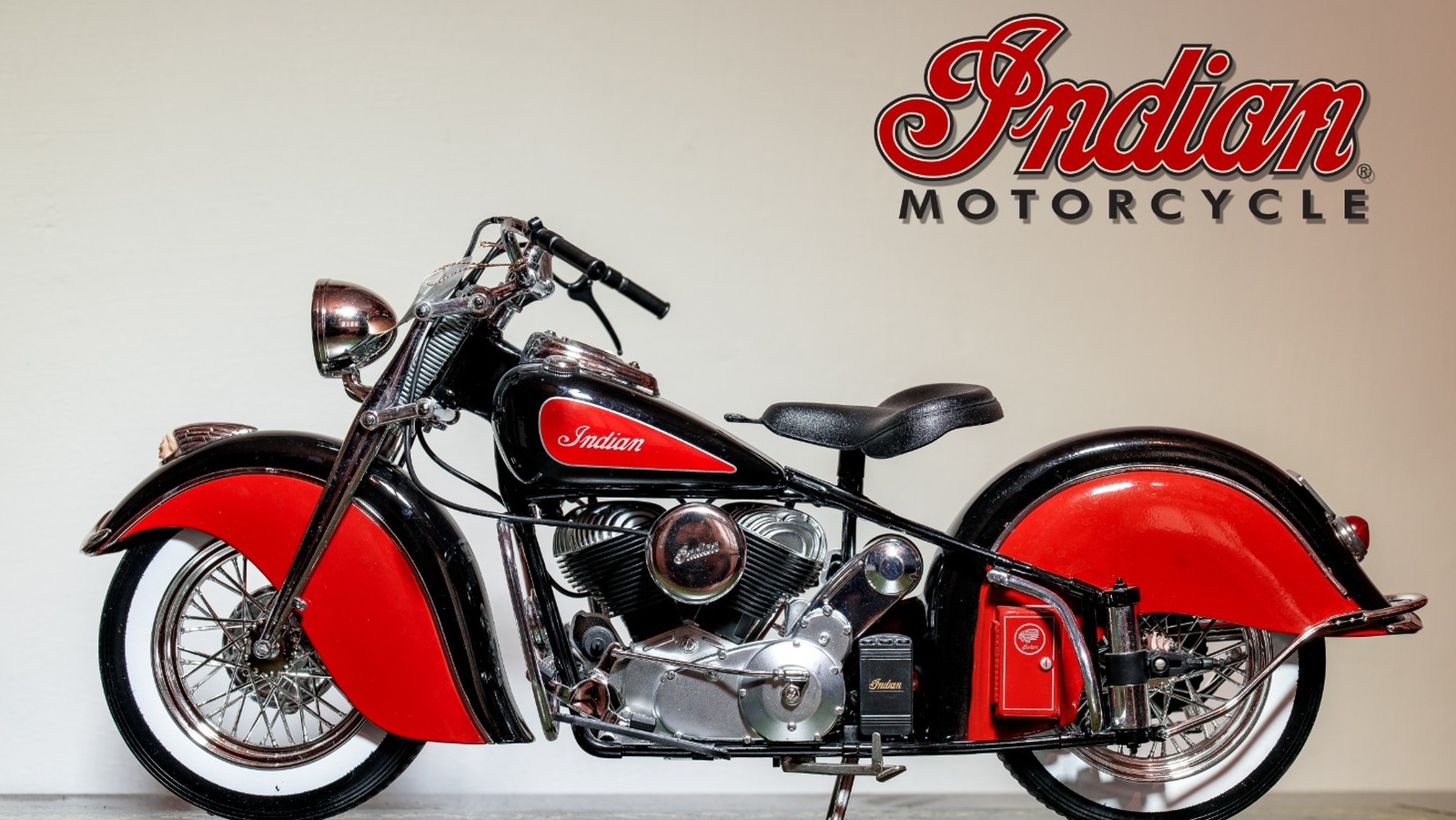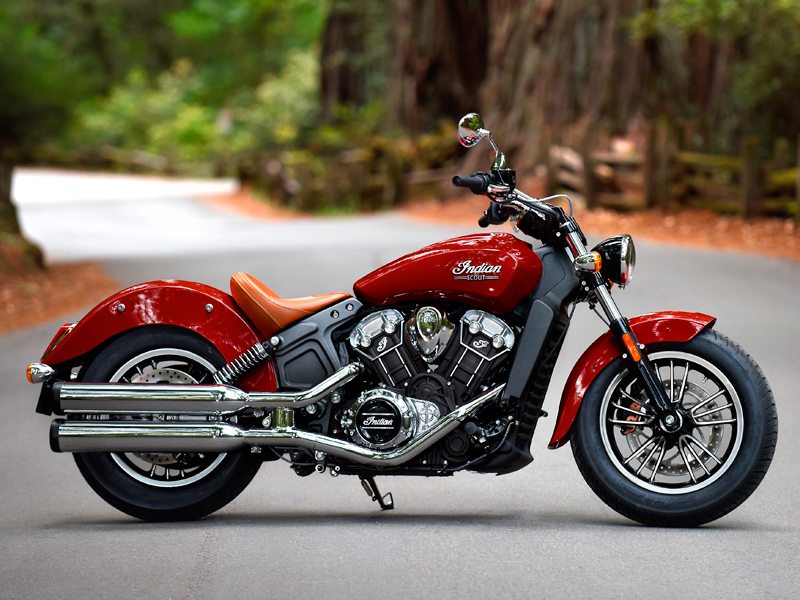History and Legacy of Indian Motorcycle

The Indian Motorcycle Company, a name synonymous with American motorcycling history, boasts a rich and storied past, spanning over a century. From its humble beginnings in the early 20th century to its enduring legacy as a symbol of American ingenuity and craftsmanship, Indian Motorcycle has left an indelible mark on the motorcycle industry.
Origins and Early Innovations
Indian Motorcycle’s origins can be traced back to 1901, when George M. Hendee, a bicycle manufacturer, and Oscar Hedstrom, a skilled engineer, joined forces in Springfield, Massachusetts. Their shared passion for innovation and a desire to create a new form of transportation led them to develop the first Indian Motorcycle.
The company’s early models were groundbreaking in their design and engineering. The first Indian Motorcycle, introduced in 1901, was a single-cylinder machine with a distinctive wooden frame. It was revolutionary for its time, offering a reliable and powerful alternative to horse-drawn carriages.
Historical Significance in the Motorcycle Industry, Indian motorcycle
Indian Motorcycle’s contributions to the motorcycle industry are significant and far-reaching. The company’s early innovations, such as the use of a chain-driven rear wheel and a magneto ignition system, set the stage for future motorcycle development.
Indian Motorcycle also played a crucial role in popularizing motorcycling in the early 20th century. Its motorcycles were used for a variety of purposes, including transportation, racing, and even military service.
Early Models and Competition with Harley-Davidson
Indian Motorcycle’s early models were known for their power, reliability, and distinctive styling. They competed fiercely with other American motorcycle manufacturers, most notably Harley-Davidson.
Both companies offered a range of models, from lightweight single-cylinder machines to powerful V-twin engines. Indian Motorcycle’s early models were often characterized by their innovative features, such as the use of a belt-driven rear wheel and a patented “Powerplus” engine.
Key Milestones in Indian Motorcycle’s History
Indian Motorcycle’s history has been marked by periods of both success and challenges. Here are some key milestones:
- 1901: The first Indian Motorcycle is introduced, marking the beginning of the company’s legacy.
- 1911: Indian Motorcycle introduces the “Powerplus” engine, a powerful V-twin engine that becomes a hallmark of the brand.
- 1918: Indian Motorcycle manufactures motorcycles for the US Army during World War I.
- 1920s: Indian Motorcycle experiences a period of great success, becoming one of the leading motorcycle manufacturers in the world.
- 1930s: The Great Depression and the rise of automobile ownership lead to a decline in motorcycle sales.
- 1953: Indian Motorcycle ceases production, marking the end of an era.
- 1999: Indian Motorcycle is revived by a new company, marking a return of the iconic brand.
Popular Indian Motorcycle Models

Indian Motorcycle has a rich history of producing iconic models that have captivated riders for generations. These motorcycles are known for their distinctive styling, powerful engines, and legendary status in the world of motorcycling.
The Chief
The Chief is a cornerstone of the Indian Motorcycle lineup, representing the brand’s heritage and timeless appeal. Introduced in 1922, the Chief has undergone numerous iterations throughout its history, each embodying the spirit of American craftsmanship and engineering.
Key Features and Specifications:
- Engine: The Chief is powered by a Thunderstroke 116 engine, a 116 cubic-inch (1890cc) air-cooled V-twin that produces a substantial amount of torque and power.
- Styling: The Chief retains the classic styling cues that have made it an icon, featuring a teardrop-shaped fuel tank, a wide front fender, and a low-slung profile.
- Features: Modern features include a digital instrument cluster, LED lighting, and a comfortable rider seat.
Historical Context:
The Chief played a significant role in establishing Indian Motorcycle’s reputation for quality and performance. It was a popular choice for both touring and everyday riding, and its enduring design has made it a sought-after classic.
Impact on Motorcycle Culture:
The Chief has become a symbol of American motorcycle culture, representing a sense of freedom, adventure, and timeless style. It has been featured in numerous films, television shows, and books, solidifying its status as a cultural icon.
The Scout
The Scout is a smaller and more agile model than the Chief, offering a lighter and more nimble riding experience. It was first introduced in 1920 and quickly gained popularity for its versatility and performance.
Key Features and Specifications:
- Engine: The Scout is powered by a liquid-cooled 1133cc V-twin engine, providing a balance of power and efficiency.
- Styling: The Scout retains the classic Indian Motorcycle styling cues, but with a more modern and streamlined design. It features a sculpted fuel tank, a low-slung profile, and a minimalist design aesthetic.
- Features: The Scout offers a range of features, including a digital instrument cluster, LED lighting, and adjustable suspension.
Historical Context:
The Scout was originally designed as a lightweight and affordable motorcycle, aimed at a broader audience. Its success helped to solidify Indian Motorcycle’s position as a leading motorcycle manufacturer in the early 20th century.
Impact on Motorcycle Culture:
The Scout has become a popular choice for both new and experienced riders, offering a blend of classic styling and modern performance. Its versatility and affordability have made it a staple in the world of motorcycling.
The Roadmaster
The Roadmaster is the flagship touring model in the Indian Motorcycle lineup, offering luxurious comfort and long-range capabilities. It is designed for extended journeys, providing a smooth and enjoyable riding experience.
Key Features and Specifications:
- Engine: The Roadmaster is powered by the same Thunderstroke 116 engine as the Chief, delivering ample power for long-distance riding.
- Styling: The Roadmaster features a classic touring design with a large windscreen, saddlebags, and a comfortable rider seat. It offers a spacious and luxurious riding experience.
- Features: The Roadmaster is loaded with features, including a premium audio system, heated seats and grips, cruise control, and a tire pressure monitoring system.
Historical Context:
The Roadmaster has its roots in the Indian Motorcycle touring models of the past, but it incorporates modern technology and comfort features to deliver a truly exceptional touring experience.
Impact on Motorcycle Culture:
The Roadmaster has become a popular choice for riders who prioritize comfort and convenience on long-distance journeys. It represents the pinnacle of Indian Motorcycle’s touring capabilities and its commitment to providing a luxurious and enjoyable riding experience.
Cruising down the open road on an Indian Motorcycle is all about freedom, but sometimes you need a pit stop to soak in the scenery. That’s where a comfy outdoor chair set in the Philippines comes in handy. Imagine kicking back with a cold drink and watching the sunset, all while prepping for your next epic ride on your Indian.
Cruising down the open road on a classic Indian Motorcycle is pure freedom, but you know what else is a total vibe? A delicious Indian feast. If you’re craving some spicy vindaloo or creamy saag paneer, check out the best indian restaurant near me to fuel up before your next motorcycle adventure.
You’ll be ready to hit the road with a full belly and a happy heart.